
LOCATION
An ideal place for the holidays of a lifetime.
LIOTRIVI BOUTIQUE HOTEL
An impressive boutique hotel set in stunning surroundings among olive groves and vineyards, 10km west of the castle of Monemvasia. The perfect place for those seeking comfort, tranquility and gastronomy based on high quality local products.
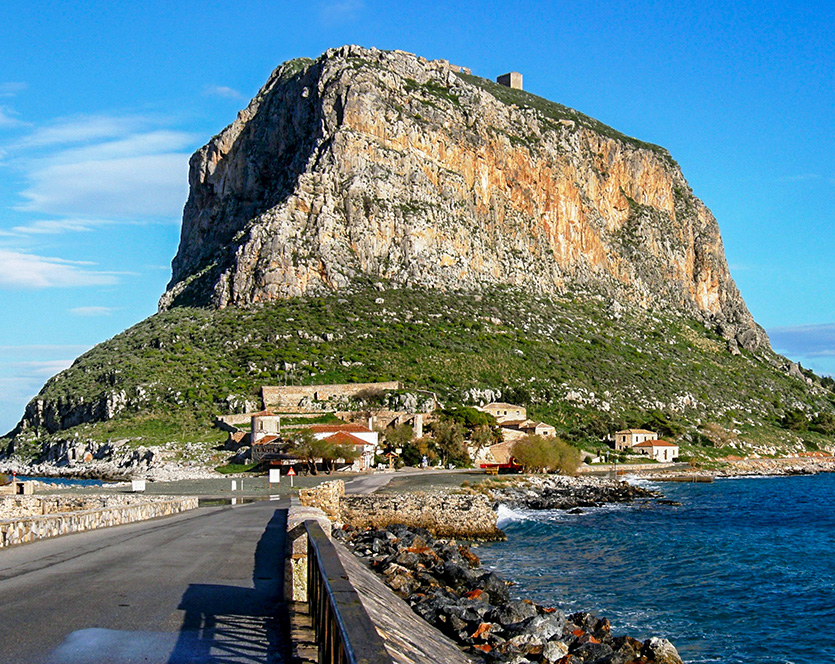
ACCESS
Hotel Liotrivi can also be easily reached from the international port of Patras (approximately 340km, 260km highway + 80km two-way national road) where there are daily ferry boat connections to and from Italy. You can get here also from the other regions and major cities of Peloponnese through the regional National road network (Messinia-Kalamata, Argolis-Nafplio, Arcadia-Tripoli).
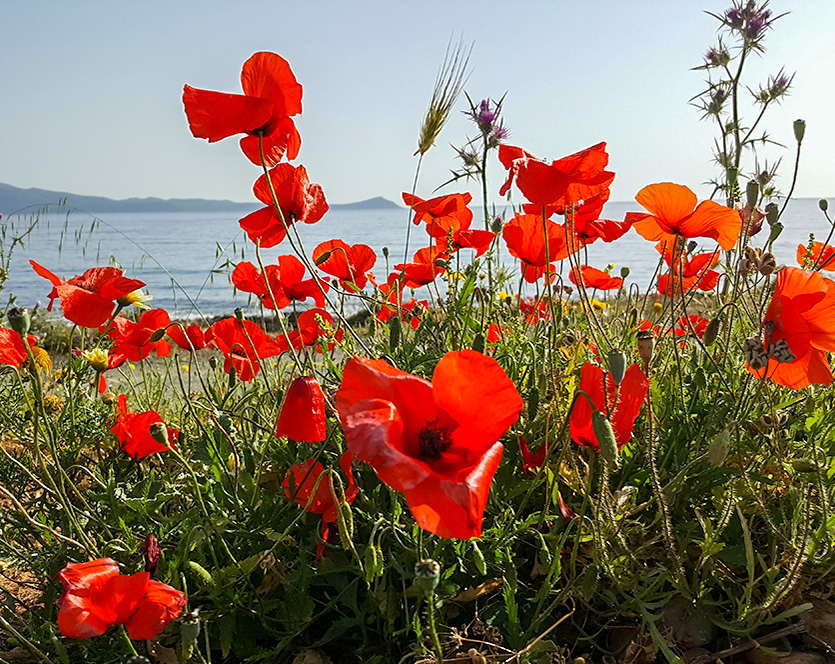
CLIMATE
Sunny days and mild temperatures combined with blue skies and warm seas make it the perfect destination throughout the year.
You can enjoy a wide range of activities here depending on the season and your interests.
USEFUL INFORMATION
Official Language
Religion In Greece
Current Local Time
Local
Currency
Telephone Code
Healthcare
(artificial kidney unit)
Tel: +3027320 22 374
Healthcare
(Laconia)
Call centre: +3027310 28 671-5

NATURE
That’s Monemvasia!

FLORA
The region of Laconia boasts a wide variety of flora with many rare native plants, most of which found on the mountains of Taygetos and Parnonas.
The extraordinary flora of Taygetos includes more than 1,000 kinds of plants, 33 of which are native to the region and 100 of them native to Greece, and some very rare species in Greece and Europe which are of Asian origin.
Parnonas is another important natural reserve with more than 1,000 species of flora, 15 of which are endemic to the mountain, unique in the world, 69 varieties are endemic to Peloponnese and Greece and 11 species that are not so common in Europe (mostly Asian species).
Visitors to the region can get to know its amazing flora, from the wild orchids of Taygetos and the wild pansies (viola parniona) of Parnonas to the coastal sand dunes and the cades (juniperus oxycedrus) of Elafonisos.

FAUNA
Taygetos is rich in fauna particularly birds (short-toed eagle, golden eagle) as well as herpetofauna with rare lizards such as Lacerta Graeca. Parnonas also includes many species of birds, mammals, amphibians and serpents. The largest mammal is the jackal (canis aureus) which is in danger of extinction.
Gerakas wetlands, place of unique beauty, part of Natura 2000 network with rich fauna and a large number of migratory birds.
Stroggyli Lagoon: of great environmental importance it is situated opposite Elafonisos, east of Pounta. A refuge for 132 species of birds it also features the rare and endangered cade tree.
Evrotas Delta: one of the most important wetlands in southern Greece and a member of the European Natura network, it is home to a large number of birds many of which rare and endangered. Hundreds of migratory and endemic species of birds such as ducks and herons, and rare predators live and breed in the Delta wetlands.
Turtles: sea turtles can be seen in many beaches of Laconia such as Punta and Simo in Elafonisos. The beaches in the Bay of Lakonia where the sea turtles lay their eggs form part of the Natura 2000 network.

NATURAL MONUMENTS
Diros Cave: Located in the western part of the peninsula of Laconia it is a truly unique masterpiece created by nature in the course of hundreds of thousands of years. Probably the most beautiful lake cave in the world.
Kastania Cave: South of the Castle of Monemvasia it is rich in density and variety of shapes, colors and forms. It is ranked among the most important caves worldwide.
Agios Nikolaos Geopark: Its unique petrified palm tree forest is of great scientific significance. In a place of rare wild natural beauty, trunks and roots of palm trees have been revealed dating back to two-three million years ago.

CULTIVATION
Large tracts of land in the region are filled with olive groves, vineyards and orange trees. Following tradition, the farmers of Laconia continue to produce top quality citrus fruits, virgin olive oil and the famous wines of Monemvasia.
QUAINT VILLAGES
Visitors will find scattered in nature picturesque villages and settlements that maintain their traditional style and architecture. Among those that stand out are Kyparissi, Velanidia, Vathia and the Castle of Monemvasia.

BEACHES
On the eastern side of Myrtoo Sea pebble and sandy beaches, remote beaches and natural small ports accessible by sea (Kyparissi, Vlychada, Balogheri, Kastraki, Pori, Ambelakia) create a coastline that is like no other, with the famous sandy beaches of Elafonisos and Neapolis on the south (Pounta, Neapolis, Simos, Nisia tis Panaghias). Award winning and cosmopolitan they make a glorious summer setting.
On the western side of the Bay of Laconia, visitors will find many easily accessible sandy beaches like the famous Plytra and Archangellos.
HISTORY
Laconia, a land where myth and history entwine creating a truly unique phenomenon. The land that gave birth to the ideal of beauty (Helen of Troy) and bravery and love for one’s country (Leonidas and his 300 men). The oldest submerged city in the world, princes and princesses of the Mycenaean times, the most famous warriors in world history, Byzantine lords and fearless heroes of the Greek Revolution are waiting to be discovered by you.
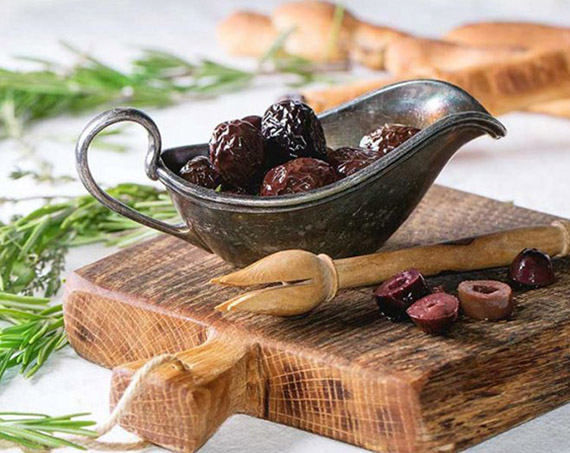
CULTURE & TRADITION
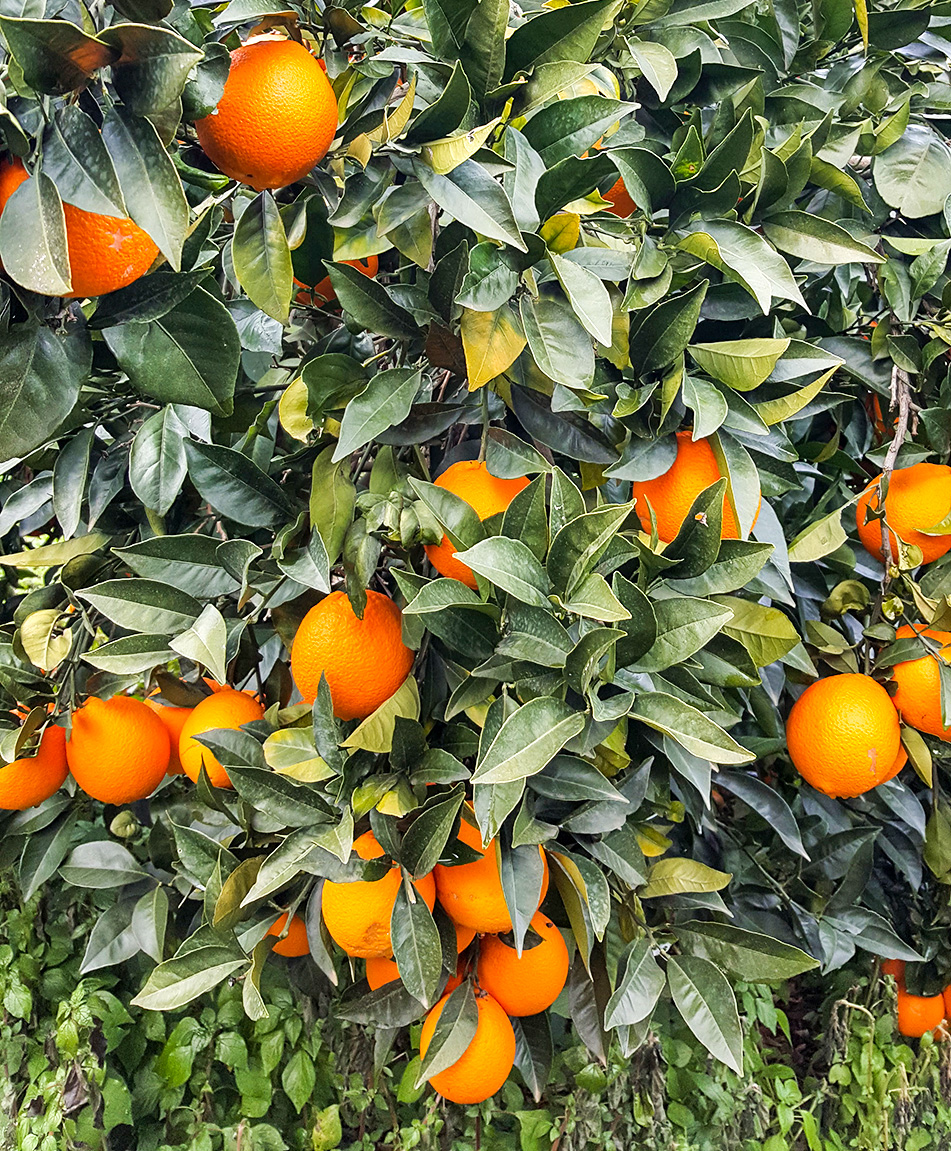
LOCAL DELICACIES
Olive oil: Following the centuries old tradition of olive growing, the local producers make high quality, extra virgin, olive oil. What makes the Monemvasia olive oil different is the cultivation of “Athinoelia”, an ancient variety that is cultivated only in this particular region. The place is full of olive groves and olive growing is a major source of employment for the locals and a very important source of income.
Some edible varieties are also cultivated here, the most famous of all being the Kalamata type olive.
Oranges and citrus fruits: Visitors on their way from Sparta to Monemvasia will be astonished by the fragrant orange groves of the fertile valley of Evrotas. The growing of this particular type of citrus fruit considerably contributes to the local economy and can be used as edible, juice, and in many local sweet or savory recipes.
Figs: Monemvasia is a big producer of figs, a fruit that was very important in the ancient Greek diet. It’s a nutritious and healthy product that can be consumed fresh or dried and can also be used in many gourmet recipes.
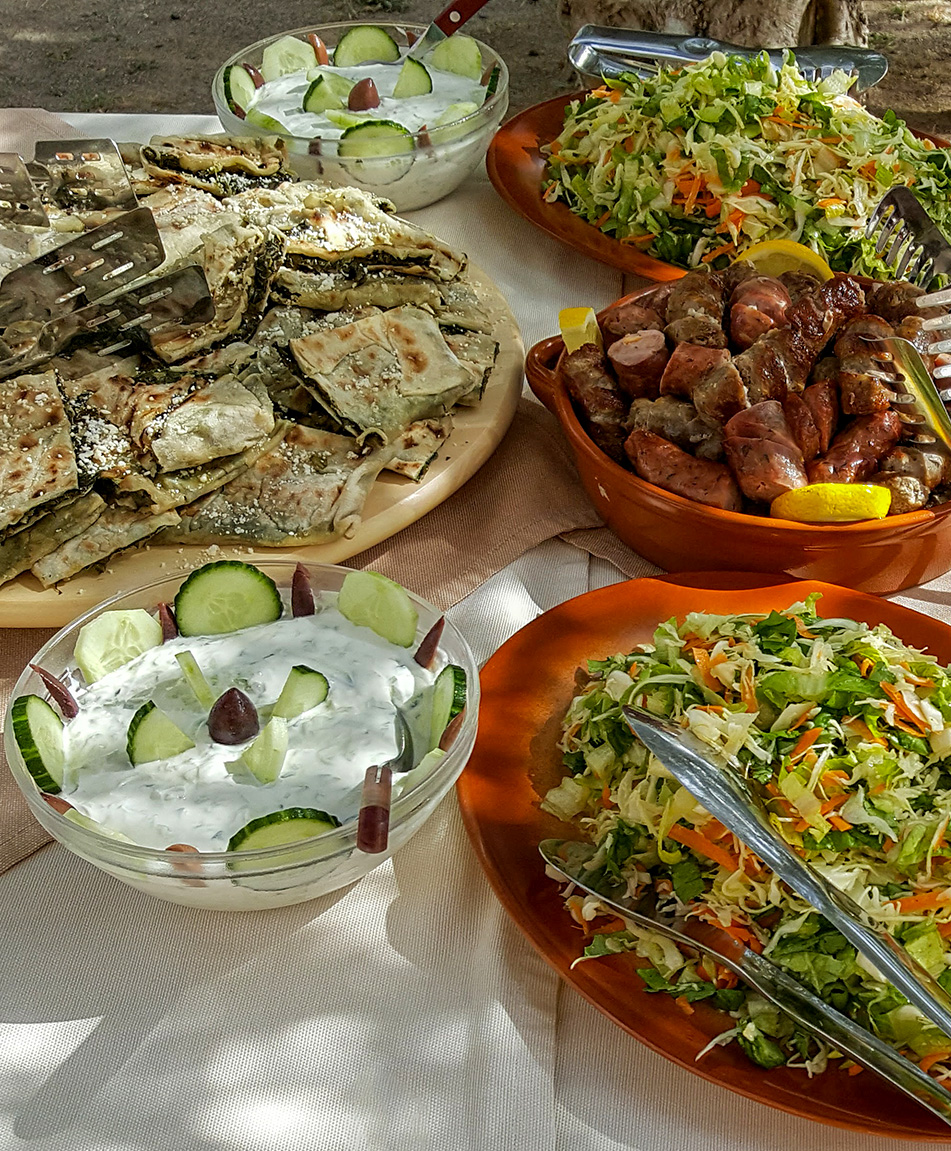
AUTHENTIC RECIPES
“Diples”: The wedding sweet of Monemvasia, made with “fyllo” flour dough and eggs, honey, grated walnuts, cinnamon, and has a cylindrical shape.
Spoon sweets: Made with local fruit and following local traditional recipes, the most popular are bitter orange, quince, plum, grape and even olive.
“Kagianas”: the perfect breakfast with eggs, tomato, other vegetables, oregano and olive oil.
Sausage filled with pork or veal, spices and pieces of orange skin that give it a special flavor and aroma.
“Tsaitia”: Thin pie with handmade “fyllo” dough filled with spinach, wild greens, olive oil and “feta” cheese.
“Ghogles”: Handmade pasta served with butter and grated local cheese.
“Propyra”: Traditional handmade kneaded bread made with flour, sea salt and olive oil.
Rooster with “chylopites”: Traditional Sunday dish of the region with local free-range rooster, “chylopites” (Greek pasta), tomato, olive oil and local grated cheese.
“Lahanodolmades”: Made with cabbage leaves, minced meat, rice and olive oil, usually served in egg and lemon sauce.

CELEBRATIONS & EVENTS
The following culture events are some of many events that you can experience in Monemvasia...
Liberation of the Castle of Monemvasia
It commemorates the liberation of the castle of Monemvasia from the Turks in 1821 and includes the reenactment of the burning of a Turkish schooner, a number of cultural, dance and music happenings and an amazing firework display.
Orange & Wine
Festivals
The burning
of Judas
An impressive tradition that takes place in one of the most popular Easter destinations of Greece, in which groups of young people make the effigy of Judas which is then set on fire in the square of Panaghia Chrysafitissa accompanied by a firework display.




